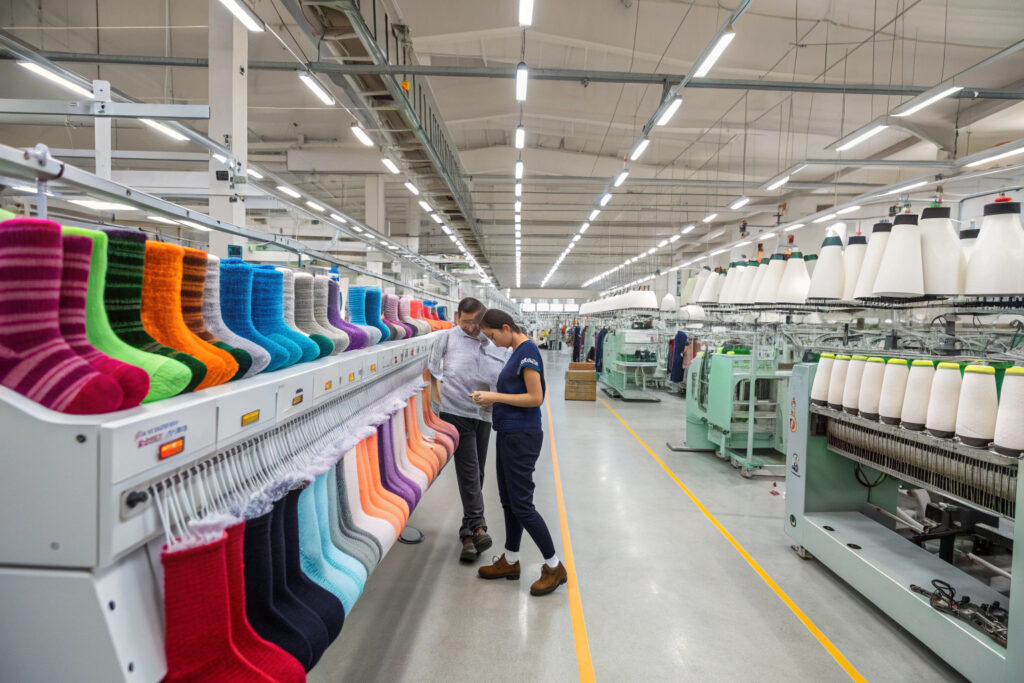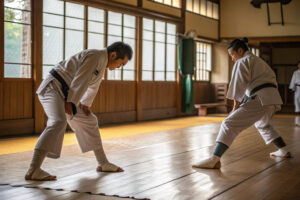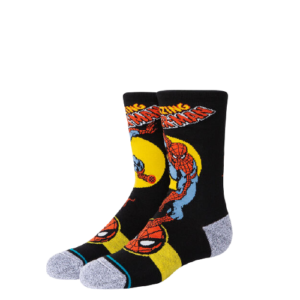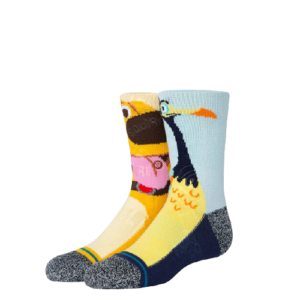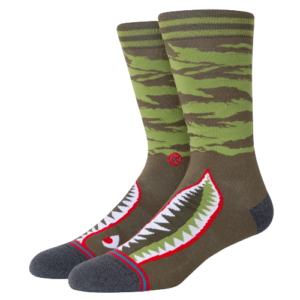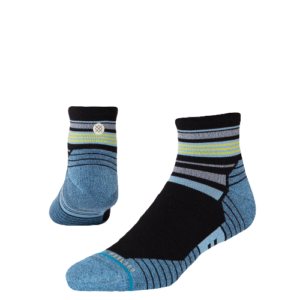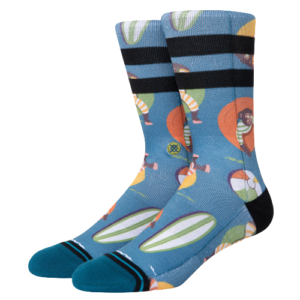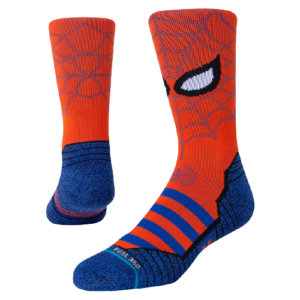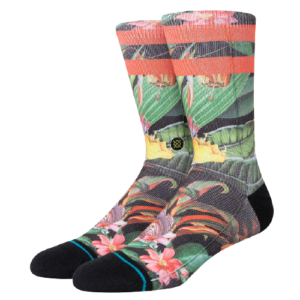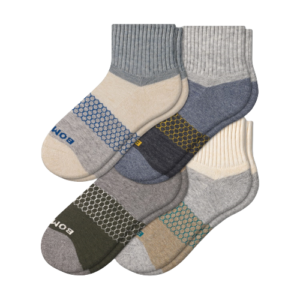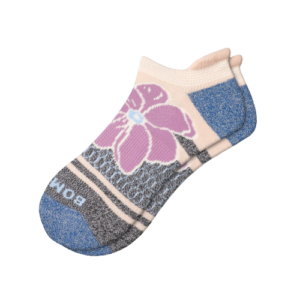Wool socks have always been a favorite for their warmth, comfort, and natural breathability. However, one common complaint from customers is the appearance of pilling—those small, fuzzy balls that form on the surface of the fabric. For a socks manufacturer like us, pilling is more than just a cosmetic issue; it can impact perceived quality, brand reputation, and customer loyalty.
Pilling happens when fibers break and tangle together due to friction, wear, or improper fiber selection. In the wool socks industry, preventing pilling starts not at the store shelf, but right from the manufacturing floor. Through years of experience in sock production for major global brands, I’ve learned that the right combination of materials, knitting techniques, and finishing processes can dramatically reduce pilling rates.
In this article, I’ll share the manufacturing techniques we use at GlobalSock to help clients produce wool socks that stay smooth and beautiful longer, while also meeting strict quality standards.
Why Do Wool Socks Pill Over Time?
Pilling is not random—it’s a predictable outcome of how fibers behave under stress. Understanding why wool socks pill over time is the first step to preventing it. Many buyers don’t realize that the issue starts at the fiber level before the socks are even worn.
Pilling occurs when loose fibers on the surface of the fabric twist together into small balls due to abrasion and movement. This process is accelerated in areas of high friction, such as the heel, toe, and ball of the foot. Wool fibers, being naturally short and fine, are more prone to this than synthetic fibers unless reinforced with special blends.
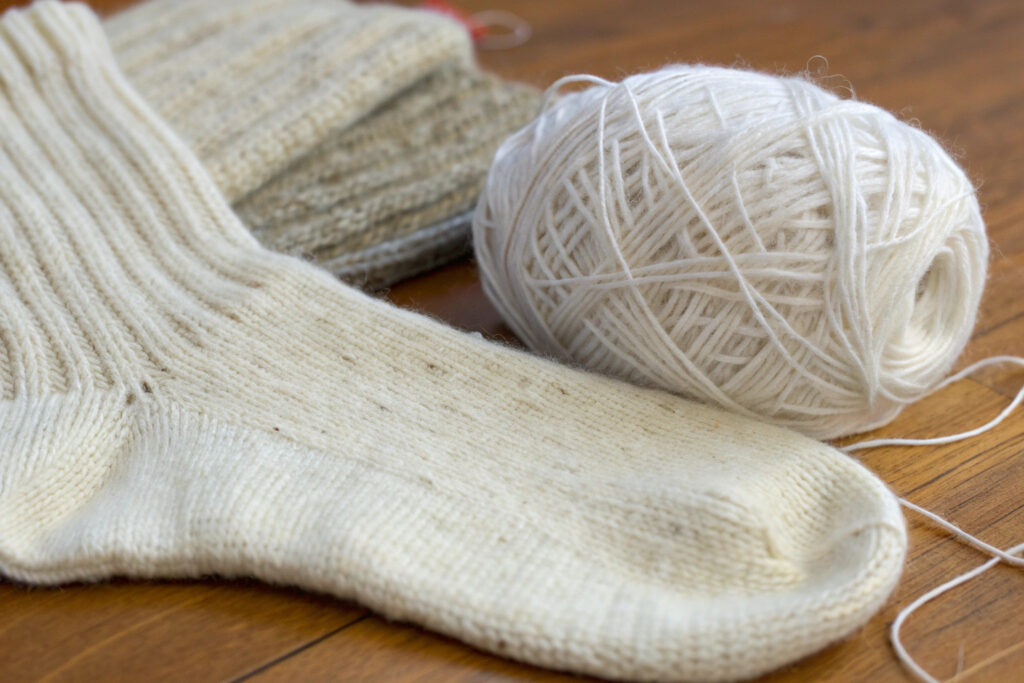
What Causes Pilling in Wool Socks?
Wool is composed of overlapping cuticle cells that can lock together under mechanical stress. When wool fibers rub against each other or against shoes, the scales interlock, and fibers break free from the yarn structure. These free fibers then tangle into pills. According to The Woolmark Company, the type of wool, the length of fibers, and even the spinning method can all influence pilling.
In our factory, we’ve tested merino wool from multiple sources. We discovered that wool with a longer average staple length and higher tensile strength shows up to 40% less pilling after 20 wash cycles compared to shorter fibers. We also work closely with textile testing labs to measure abrasion resistance before production.
Does Washing Method Affect Pilling?
Yes, but in manufacturing, we focus on minimizing the risk before the product reaches the consumer. Even though gentle washing helps, the best prevention starts with fiber selection, yarn preparation, and knitting density. Many manufacturers overlook that tightly knit fabrics with a compact structure are more resistant to fiber loosening during laundry.
We often educate clients on providing care labels that recommend cold water washes and avoiding tumble dryers. While it’s not part of manufacturing, it reinforces the durability we build into the product from the start.
Best Manufacturing Methods to Prevent Pilling in Wool Socks
Manufacturing techniques can make the difference between a sock that pills in weeks and one that lasts for years. As a company producing millions of pairs annually, we have refined several methods to minimize pilling while keeping production efficient.
The key lies in controlling every step—yarn preparation, knitting tension, and quality inspection. High-density knitting, reinforced stitches in high-friction zones, and yarn blending strategies are all part of our toolkit.
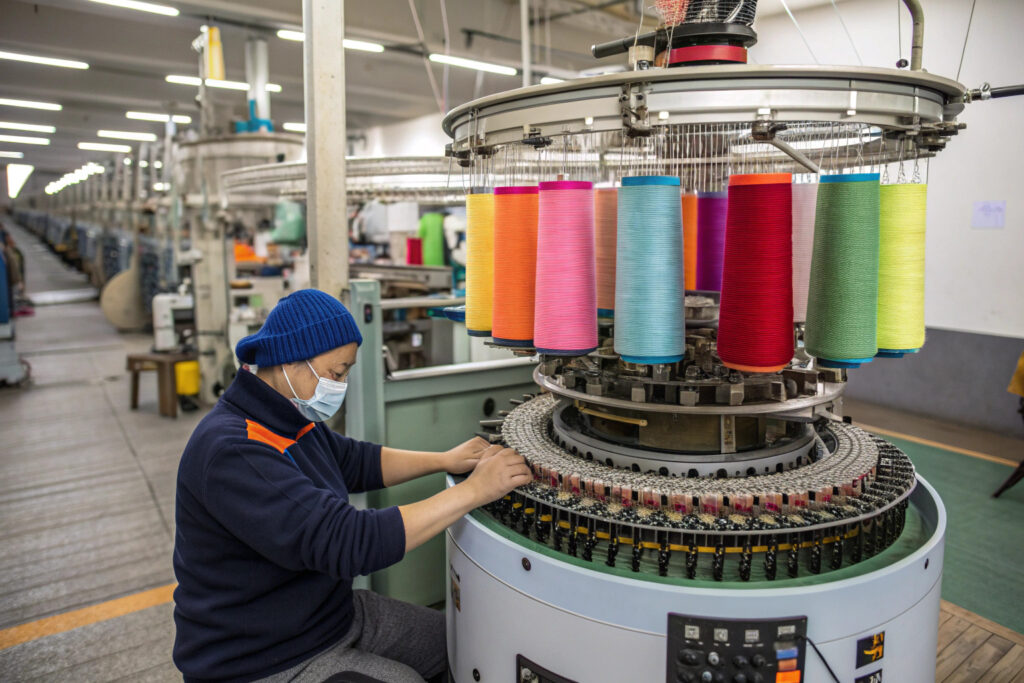
How Does Yarn Preparation Reduce Pilling?
We pre-treat wool yarn with anti-pilling finishes and conditioners before knitting. This step smooths the fiber surface and reduces friction between fibers. Companies like HeiQ offer eco-friendly finishes that create a protective layer without affecting softness.
We also use twist optimization during spinning. Higher twist levels lock fibers more securely into the yarn, reducing the amount of loose fiber on the surface. This is a delicate balance—too much twist can make the fabric stiff, but too little increases pilling risk.
Can Knitting Density Influence Pilling Resistance?
Absolutely. In our CNAS-certified facility, we run tests with different needle gauges to find the optimal density. Higher stitch density means less movement of fibers within the fabric, which in turn reduces breakage and pilling.
We also reinforce high-wear areas using double yarn feeds or technical yarns like nylon blends. According to Textile World, adding even 10% of synthetic fibers in these zones can significantly improve durability without compromising comfort.
Choosing the Right Wool Blends for Durability
Material selection is one of the most effective ways to reduce pilling. While 100% wool socks are luxurious, they are also more prone to pilling than blends. Blending wool with synthetic fibers like nylon, polyester, or spandex can enhance strength and maintain softness.
We work with brands to develop blends that balance performance, comfort, and sustainability. The goal is to create a sock that feels premium but also survives daily wear without looking worn out.
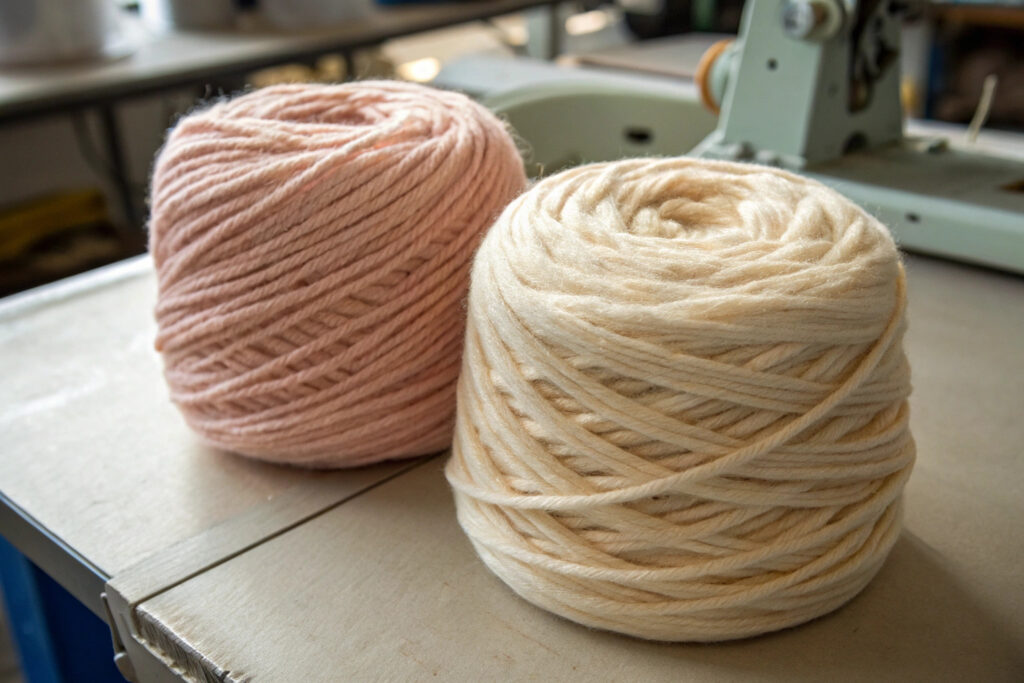
What Are the Most Effective Wool Blends?
Our most successful anti-pilling blends include merino wool with 20–30% nylon for durability and shape retention. Nylon reinforces the structure, keeping wool fibers anchored and less likely to break free. We source our nylon from Invista, known for consistent quality.
For eco-conscious clients, we also offer blends with recycled polyester certified by Global Recycled Standard. These blends show comparable pilling resistance while aligning with sustainability goals.
How Does Fiber Micron Count Affect Pilling?
Micron count refers to the diameter of the fiber. Finer fibers (e.g., 17.5 micron merino) feel softer but may pill more quickly than medium-grade fibers (e.g., 21 micron). We help customers choose the right balance—ultra-fine fibers for luxury markets, medium-fine for activewear where durability matters more.
Our testing has shown that adjusting micron count can extend the pill-free life of a sock by up to 50%, especially when combined with high-density knitting.
How Proper Finishing Processes Reduce Pilling
The last stage of manufacturing—finishing—plays a critical role in reducing pilling. After knitting, socks go through washing, setting, and inspection steps that can make or break their performance.
We use controlled steaming and setting to lock the yarn structure in place, reducing fiber movement during wear. Anti-pilling washes with gentle mechanical action further smooth the surface.

Does Heat Setting Improve Anti-Pilling Performance?
Yes. Heat setting at precise temperatures stabilizes the fabric, preventing excessive shrinkage and loosening of fibers. We work with Santoni finishing equipment to maintain consistent results. Overheating, however, can damage wool’s natural elasticity, so temperature control is essential.
We also apply fabric shearing in some cases—lightly trimming the surface to remove any protruding fibers before they can tangle into pills.
How Important Is Final Quality Inspection?
Final inspection is where our investment in QR code-based traceability pays off. Every batch is checked for fiber composition, abrasion resistance, and visual smoothness before packing. Partnering with SGS for third-party testing gives clients additional assurance.
In fact, our clients have reported 98% pass rates in their own incoming quality checks when following our manufacturing recommendations.
Conclusion
Preventing pilling in wool socks is not about a single fix—it’s the result of thoughtful material selection, advanced knitting techniques, and precise finishing processes. At GlobalSock, we’ve turned these methods into a repeatable, scalable process that consistently delivers smooth, long-lasting wool socks for brands worldwide.
If you want to create your own line of premium, pill-resistant wool socks or other apparel items, we can help you from concept to shipment. Contact our Business Director Elaine at elaine@fumaoclothing.com and let Shanghai Fumao be your trusted manufacturing partner.

